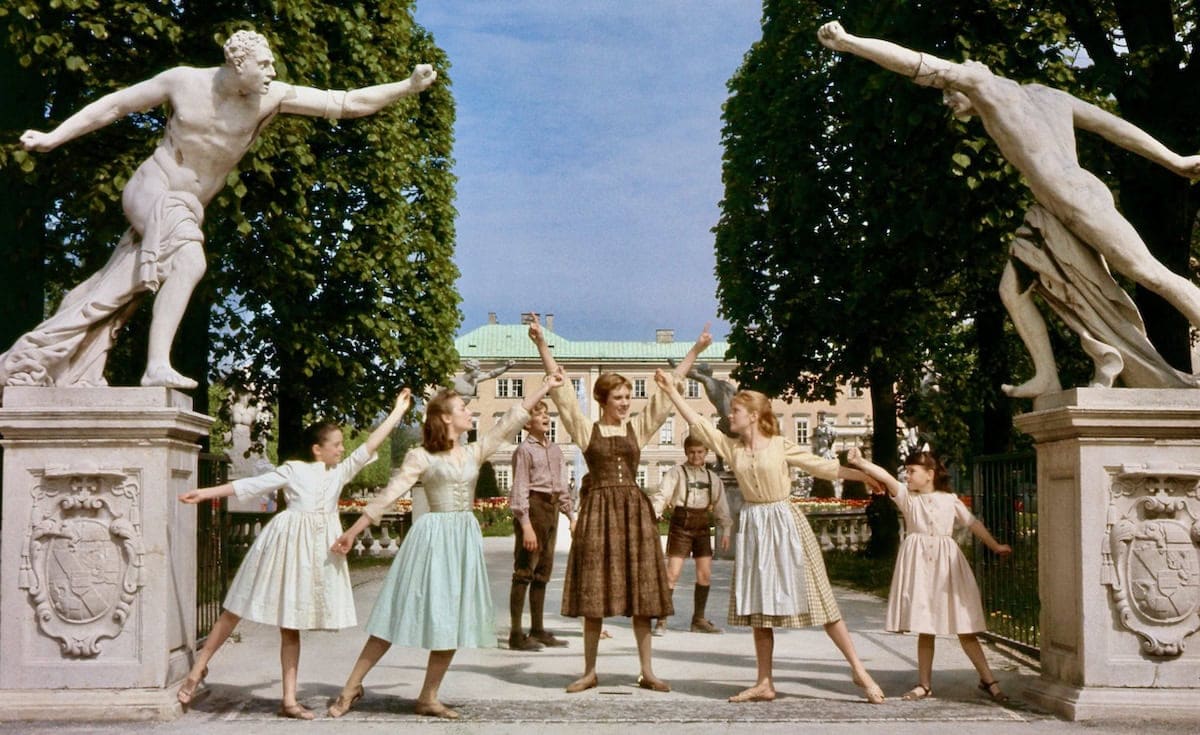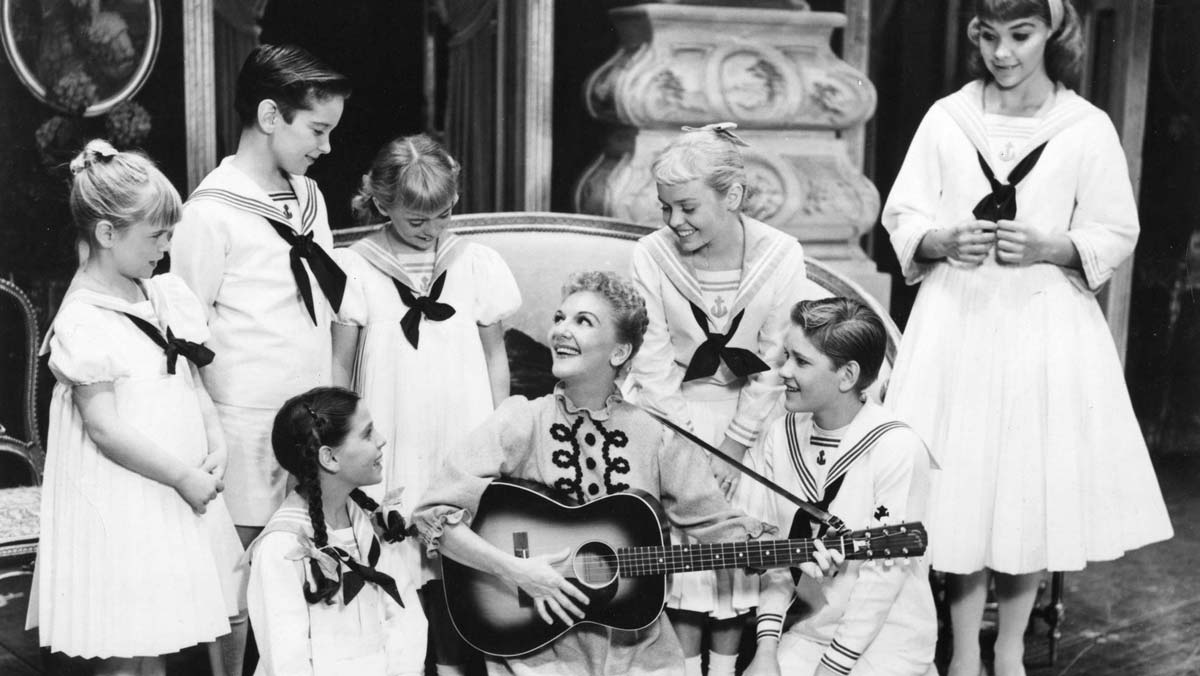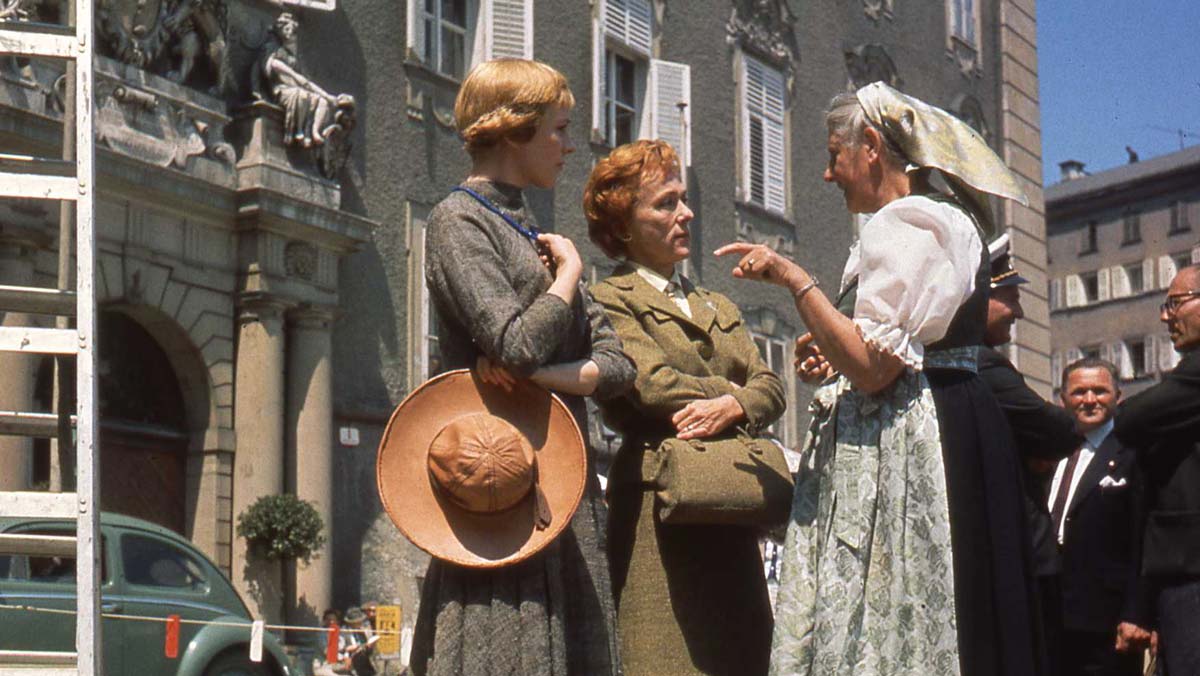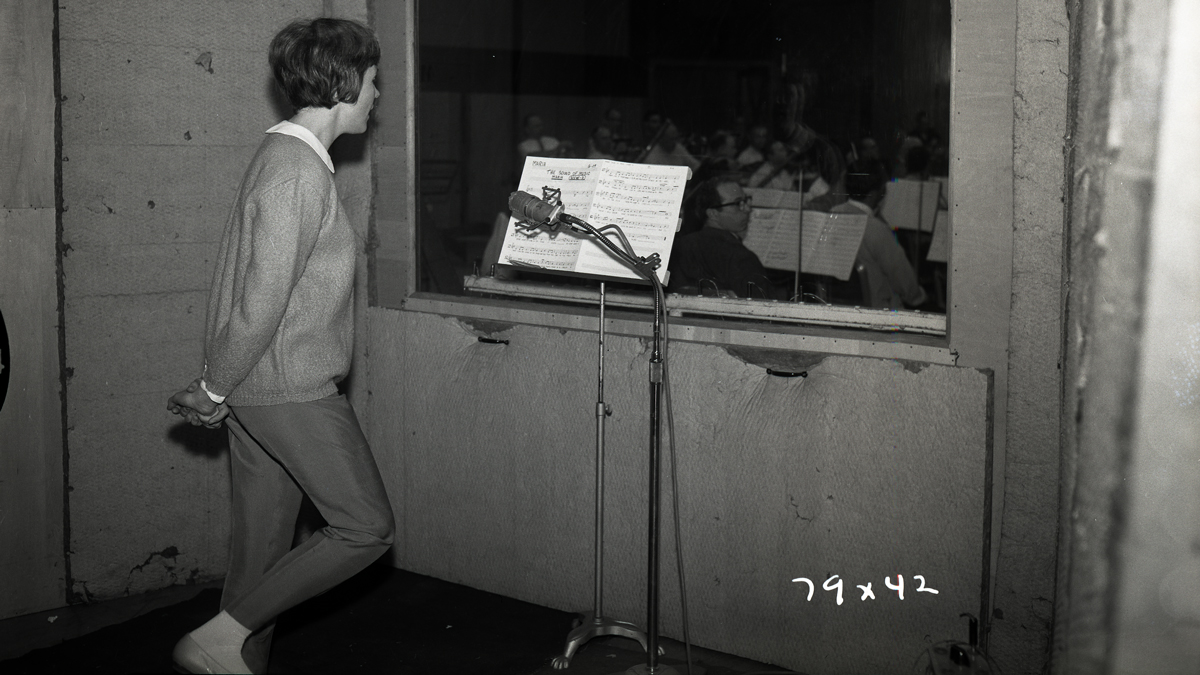The Sound of Music: A Guide to Stage and Screen
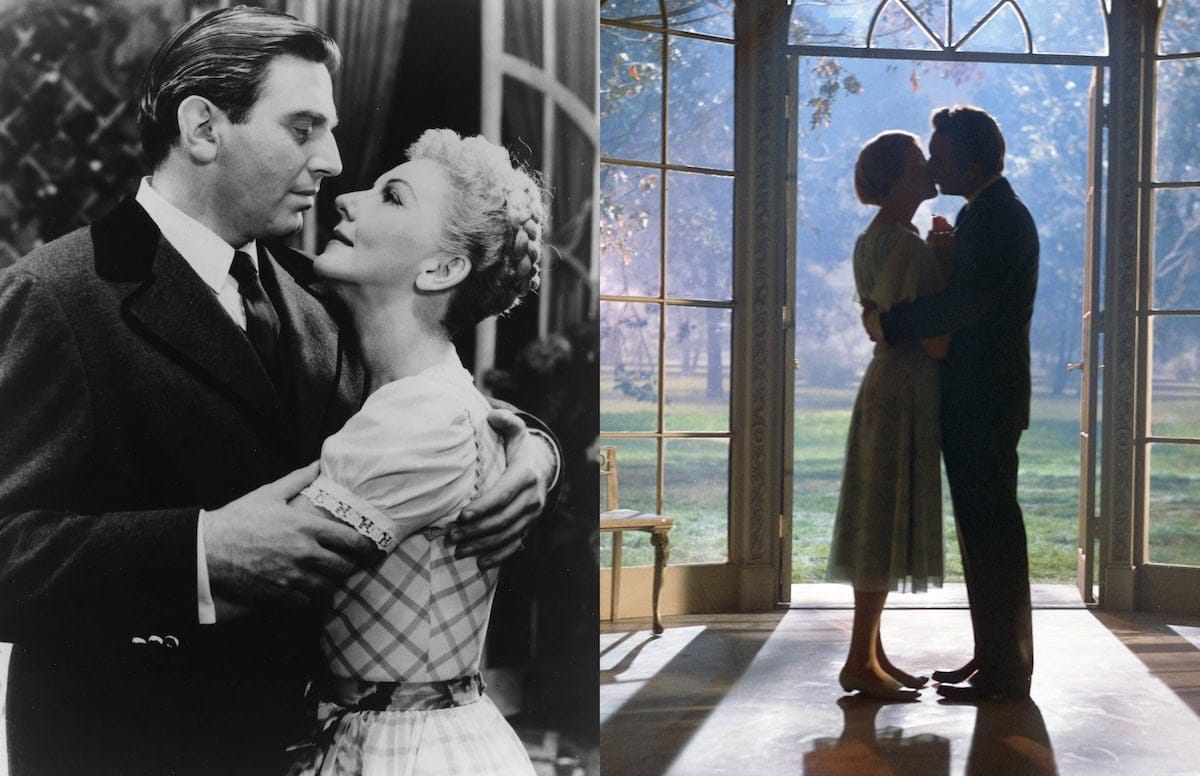
History
The Sound of Music was the final collaboration between Richard Rodgers and Oscar Hammerstein II. Suggested by The Trapp Family Singers by Maria Augusta Trapp, the musical featured a book by Howard Lindsay and Russel Crouse. Opening at Broadway’s Lunt-Fontanne Theatre on November 16, 1959, the show was a critical and commercial triumph. It later moved to the Mark Hellinger Theatre, where it would end its lauded run on June 15, 1963, after 1,443 performances. Starring Mary Martin as Maria and Theodore Bikel as Captain von Trapp, the production ultimately won five Tony awards, including Best Musical and Best Leading Actress for Mary Martin. Following its raging success in the United States, The Sound of Music transferred to the West End, starring Jean Bayless. Playing for over two years, it long held the record as the longest-running American musical in London.
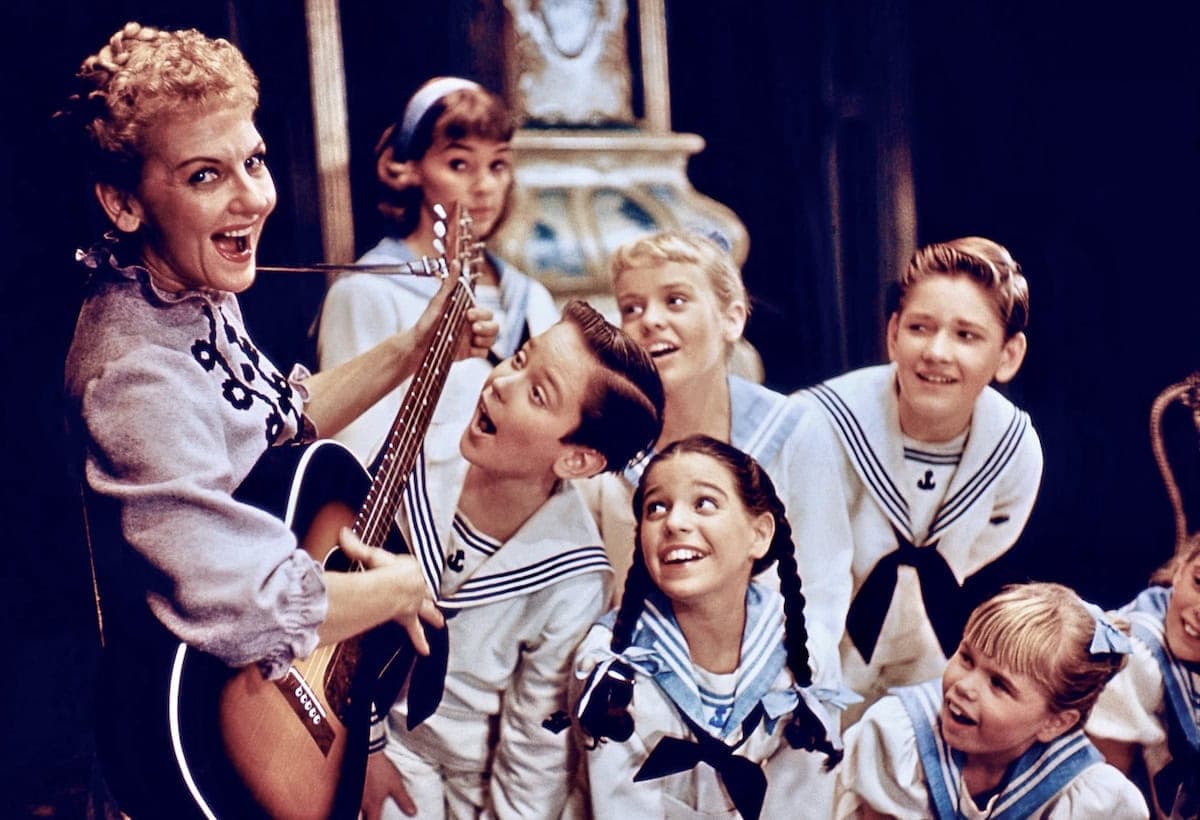

Plot
Key Differences
Opening: In contrast to the iconic opening of the film, the stage version rises on the nuns of Nonnberg Abbey singing the Preludium. The world of the play opens inside the Abbey walls, in front of a candlelit altar, a starkly different atmosphere from the film’s wide expanse of the Austrian Alps.
Adapted for the Screen: Following Oscar Hammerstein II’s death in 1960, Richard Rodgers was left to oversee the 1965 film adaptation alone. Rodgers adjusted the song order and replaced several musical numbers to better suit his and Robert Wise’s vision for the adaptation.
“My Favorite Things”: While film fans are used to Maria using “My Favorite Things” to comfort the von Trapp children during the thunderstorm, the song has a very different context in the stage version. On stage, the Mother Abbess comforts Maria with the song, addressing the young postulant’s fears of leaving the abbey and becoming a governess.
“I Have Confidence”: One of Rodgers’s solo compositions for the film, “I Have Confidence” serves as a transitionary number, taking Maria from postulant to governess. The song demonstrates Maria’s optimistic philosophy while seamlessly transporting the audience visually from the abbey to the von Trapp villa.
Musical Max and Elsa: In contrast to the film adaptation, in which Max and Elsa don’t sing at all, the stage version features the pair in two musical numbers, “How Can Love Survive?” and “No Way to Stop It.” The songs directly address issues of class, politics and morality. Filmmakers hoped to reinforce the cynicism of Max and Elsa by severing their connection to music, thus increasing their contrast to Maria, while the stage version uses their songs to expertly drive home their worldview.
Location, location, location: A benefit of film is that it opens endless possibilities for on-location shooting. Understandably, the stage version limits the settings of various scenes to drawing rooms and other interiors, whereas the film provides a visual and kinetic buffet of locations throughout Salzburg and Austria.
Rolf’s Redemption: Liesl’s ill-fated romance with Rolf is painfully punctuated in the film by Rolf’s decision to betray the location of the family in the midst of their escape from Austria. However, Rolf is a more sympathetic character in the stage version, ultimately helping the family.
Alpine Puppet Show: Bil and Cora Baird’s puppets, featured in “The Lonely Goatherd,” are a visually stunning component of the film. But recreating them is unnecessary for anyone hoping to produce the stage version. On stage, “The Lonely Goatherd” – not “My Favorite Things” – is the song Maria sings to comfort the von Trapp children during the thunderstorm.
Romance on the Screen vs. Stage: Maria and Captain von Trapp confessing their feelings to each other is a markedly romantic and delightful moment. But there are two options for producers of the stage version. Originally, Rodgers & Hammerstein wrote “An Ordinary Couple,” which espouses the delights of simply getting to be in love. When adapting the film, however, Rodgers replaced this number with “Something Good.” Both songs are available to licensees of current stage productions.
Want to see The Sound of Music on a stage near you? A new North American tour will travel to more than 80 cities beginning fall 2025. Learn more at SoundOfMusicOnTour.com.
